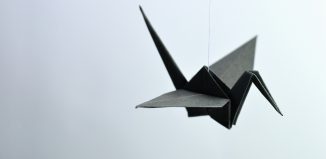UAV Attacks on Terror Organizations – The Other Side
This post is also available in:  עברית (Hebrew)
עברית (Hebrew)
Unmanned aerial vehicles have changed the way the battlefield works nowadays. UAVs have brought man a safer battlefield and allowed different armies to better protect their soldiers by having less of them taking physical part in battle, they are a cost effective alternative to conventional manned aircraft, and their flight time up in the air can reach over thirty hours. Many armies make frequent use of UAVs, usually for intelligence, but also for attacks. For example, the United States alone has made attacks on 408 targets between 2004 and 2014 during its fight against terror organizations – Al-Qaeda, the Taliban and ISIS.
However, along with the good sides of the UAVs in the battlefield, came along some sides that aren’t as positive, so claims David Rapp, an intern at the British research institute, Quilliam, in an article he published on the website Left Foot Forward. He claims that the percent of accuracy in UAV attacks is not high and it is taking a toll on civillians who have no involvement in the attack – up to 34%, which are 950 people, among the people killed in 2004 were civillians, while 1,700 more civillians were injured. He states his opinion that fear of the local population of UAVs might cause them to commit terror attacks, along with the negative feeling that it’s causing in them towards the west.
Furthermore, he claims that U.S. UAV activity in Pakistan’s aerial territory borders on violation of both international human rights laws and Pakistani sovereignty. This brings tension to the relationship between the two countries and prevents a more valid and effective activity countering militant attackers. He also reacts to the American state of mind, according to which an attack on heads of terror organizations is a fatal blow to the organizations itself, saying that it has no real substance to it, at least as far as UAV attacks on ISIS leaders is concerned. He goes on to claim that attacks against terror organizations leads to the creation of new terror movements affiliated with existing organizations, which destabilizes the region’s stability.
Are unmanned aerial vehicles operating without the physical presence of man making the fight against terror easier, or do their negative aspects surpass the positive ones, calling for an end to their use in attacks? Or perhaps all it takes is simply thoroughly rethinking the matter in order to change operating concepts altogether? It seems that, according to Rapp at least, the bad far surpasses the good and UAVs must cease to be used for attack missions.

































